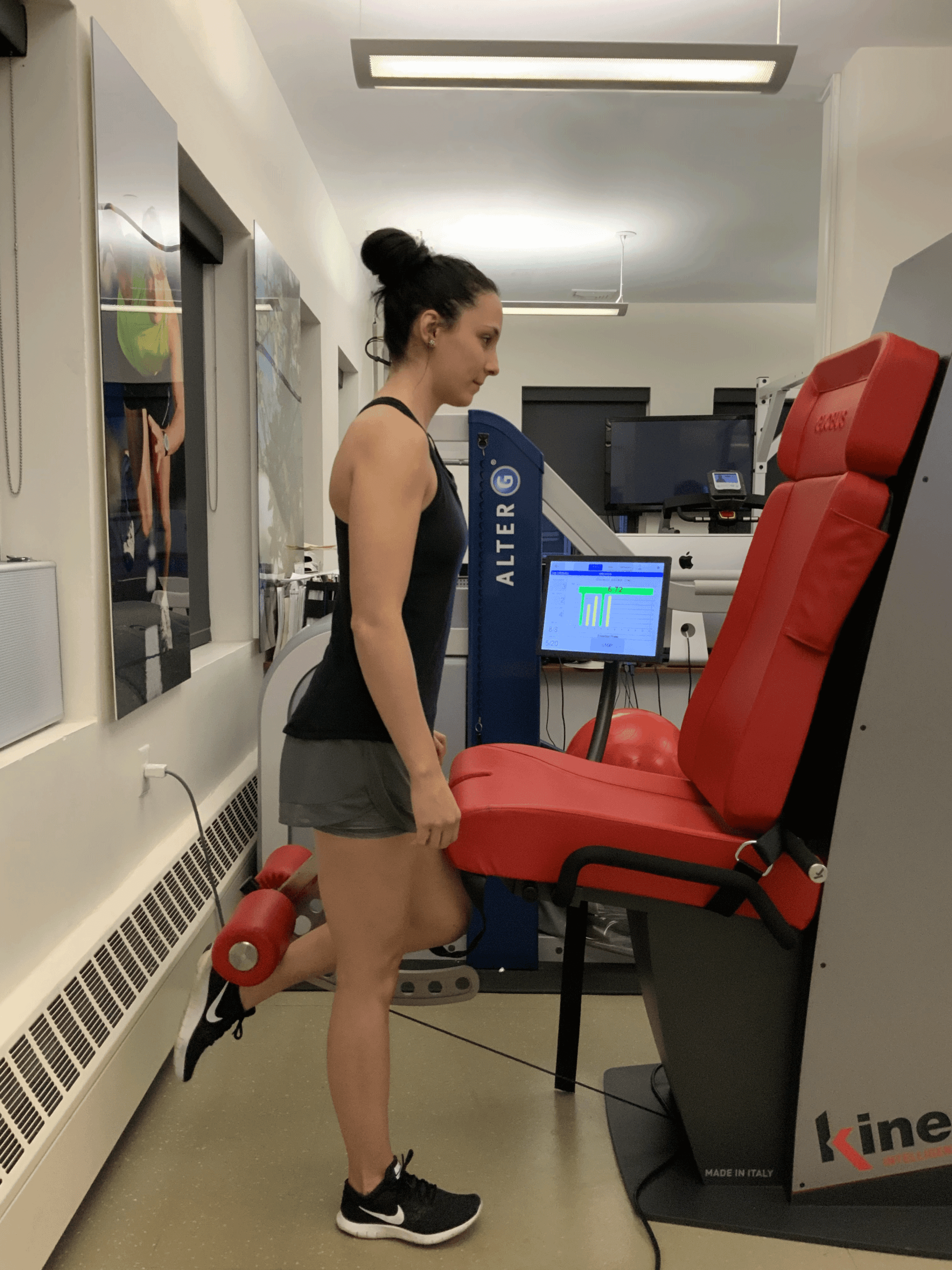August 14, 2023

When an athlete’s hamstring becomes injured, the individual will experience tightness that significantly restricts the person’s movements and severe pain that occurs while the muscles contract.
The person may choose a rehabilitation program that requires eccentric training, or the athlete can participate in a program that strengthens the muscles of the core and enhances the person’s agility.
Each leg contains three hamstring muscles, yet the upper sections of the muscles are much more prone to injuries than the lower portion of each muscle.
Typically, the risk of hamstring injuries can increase if a person participates in sports that involve frequent sprinting and numerous jumps. Once an individual experiences a hamstring injury, the risk of future strains can rise by more than 30 percent.
This program will allow an athlete to maintain a better balance during the routines.
Throughout the first sessions that involve eccentric movements, each athlete can jog slowly and utilize relatively compact strides. The individuals may also perform various exercises.
According to various reports, most hamstring injuries occur when a person’s leg is fully extended. Once an individual is sprinting, the hamstring stabilizes the upper part of the leg and prevents the athlete from falling forward. During eccentric training, the patient will generally perform stretches while the hamstring is completely extended. This type of therapy can substantially loosen the muscles and may reduce the risk of future injuries by more than 15 percent.
Subsequently, the individual may complete drills that help the person to the lower part of the leg.
Throughout the last phase, a patient will sprint as rapidly as possible, and these drills can strengthen the hamstring, increase blood flow to the muscle and enhance the size of fast-twitch muscle fibers. The patient may also perform short jumps, hip extensions, Norwegian leg curls and bridge exercises. Moreover, the athlete can use light weights or medicine balls while completing some of the exercises.

Dr. Lev Kalika is a world-recognized expert in musculoskeletal medicine. with 20+ years of clinical experience in diagnostic musculoskeletal ultrasonography, rehabilitative sports medicine and conservative orthopedics. In addition to operating his clinical practice in Manhattan, he regularly publishes peer-reviewed research on ultrasound-guided therapies and procedures. He serves as a peer reviewer for Springer Nature.
Dr. Kalika is an esteemed member of multiple professional organizations, including: